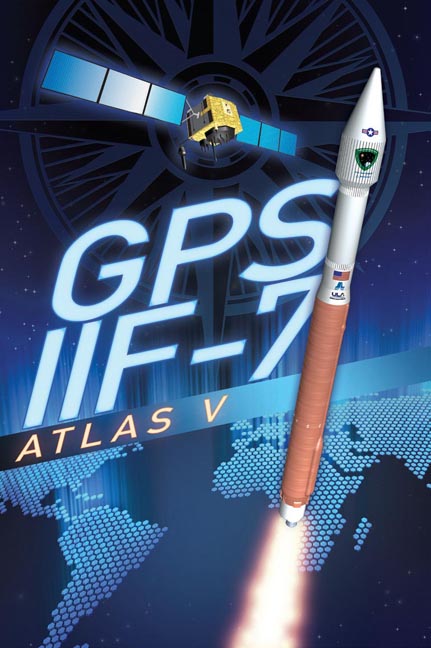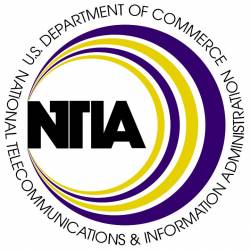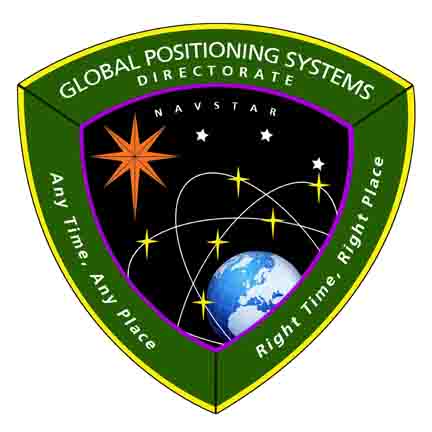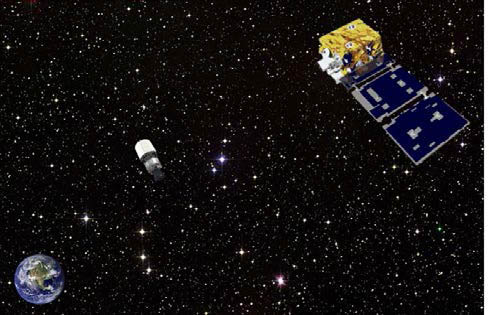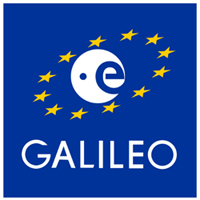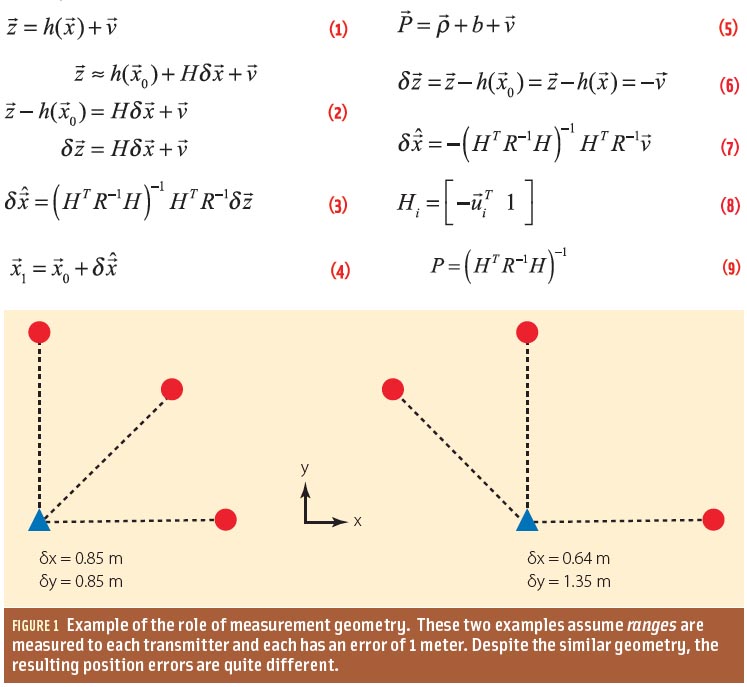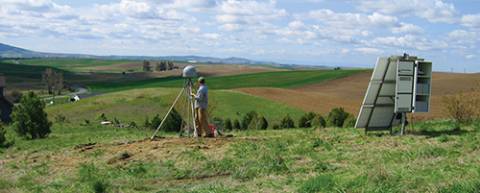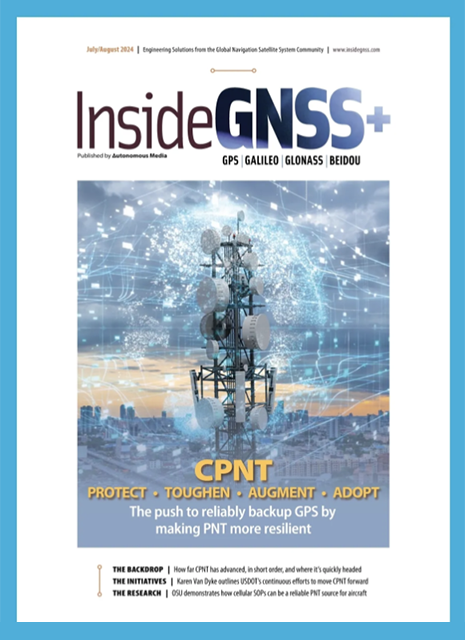EGNOS Service Provision Workshop 2014

The European Global Navigation Satellite Systems Agency (EGNOS) Service Provision Workshop will take place at the Conference Center Hotel Tivoli Lisboa in Lisbon, Portugal on October 7-8, 2014.
The yearly meeting will present the improvements in the system and services for EGNOS stakeholders, users and applications developers.
The workshop agenda includes:
EGNOS Program Update
- EGNOS exploitation program update (GSA)
- EGNOS market strategy and achievements (GSA)
EGNOS Services Status
By Inside GNSS

